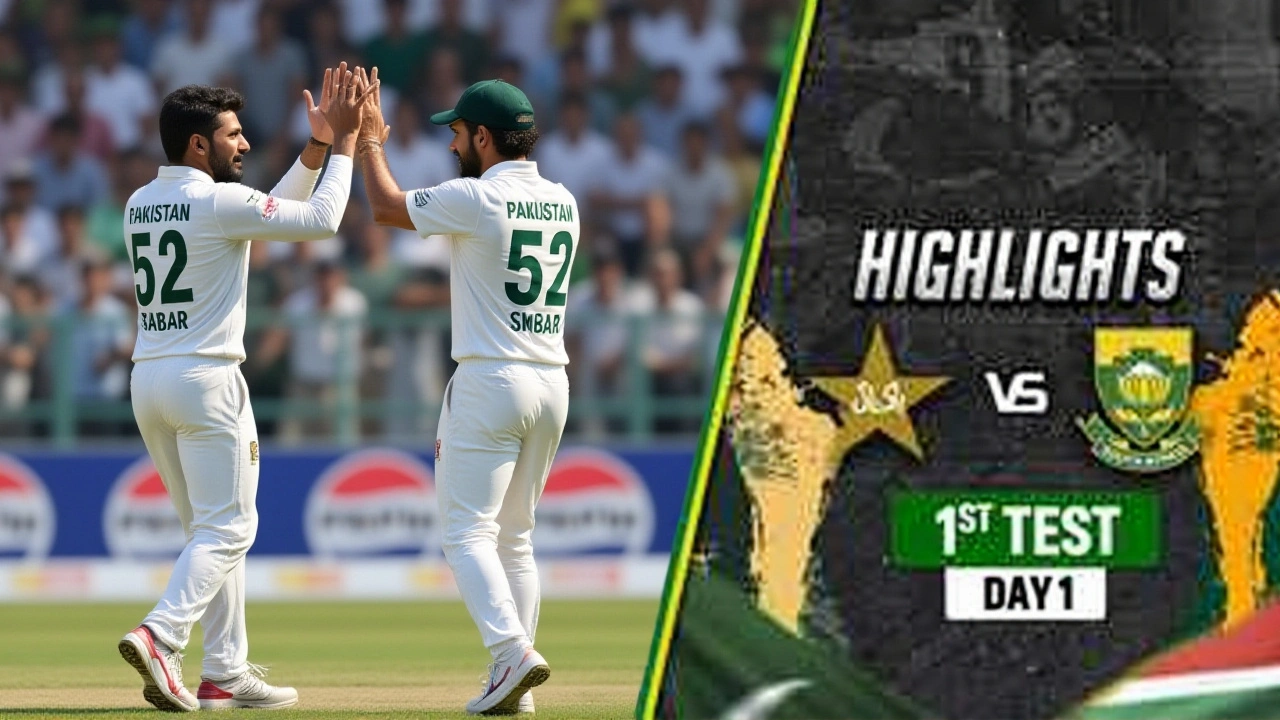South Africa Test – Everything You Need to Know
When talking about South Africa Test, the term refers to the South African national team playing the longest format of cricket, known as Test matches. Also called the Proteas, the country's flagship side that competes in five‑day contests under the governance of the International Cricket Council, these games test skill, stamina and strategy. In plain language, a South Africa Test match is a marathon of skill where each innings can last up to two days, demanding both mental toughness and technical precision.
Key Elements of South Africa Test Cricket
The backbone of any Test cricket, a format that spans up to five days and allows two innings per side is the pitch. A well‑prepared surface in Johannesburg, Cape Town or Durban can swing the ball, aid spinners or favor batters, shaping the strategy for each side. ICC regulations set the rules for player eligibility, match duration and the points system that feeds into the World Test Championship, so the Proteas must align with global standards while tailoring tactics to local conditions.
Another crucial piece is Cricket South Africa (CSA), the governing body that selects squads, manages domestic competitions and negotiates broadcast deals. CSA’s role links grassroots development to the elite Test arena, ensuring a pipeline of talent that can sustain South Africa’s competitive edge. The organisation also collaborates with the ICC on scheduling, anti‑corruption measures and player welfare initiatives. Performance in South Africa Test matches hinges on several attributes. First, batting technique – a player must master defensive strokes and the ability to rotate strike over long periods. Second, bowling endurance – fast bowlers need to maintain pace and accuracy across multiple spells, while spinners rely on flight and turn to outwit batters. Third, fielding fitness – catching, ground‑fielding and quick runs between the wickets can swing tight contests. These factors together create a complex web of cause and effect: better fitness leads to sharper fielding, which in turn creates more pressure on batting line‑ups. Beyond the pitch, the economic and social side of South Africa Test cricket cannot be ignored. Ticket sales, sponsorships and TV rights generate revenue that funds youth programs and stadium upgrades. When the Proteas win a series at home, local businesses see a spike in hospitality bookings, illustrating a direct link between sporting success and regional economies. Moreover, high‑profile matches often spark national discussions about unity and pride, reinforcing cricket’s cultural significance in a diverse country.
Recent headlines illustrate this interplay. A dramatic win against a top‑ranked opponent sparked a surge in online streaming numbers, prompting CSA to negotiate better digital rights with broadcasters. Meanwhile, announcements about social grant dates from SASSA have reminded fans that sport and daily life intersect, as many supporters rely on these payments while following the games. This mixture of sport, policy and community makes the South Africa Test narrative uniquely layered. For readers eager to dive deeper, the collection below covers a wide range of topics: match reports that break down every inning, player profiles that highlight emerging talent, analysis of pitch conditions across South Africa’s major venues, and updates on how broader South African news – from social grants to economic trends – may influence the cricketing landscape. Whether you’re a seasoned fan tracking the Proteas’ journey in the World Test Championship or a newcomer curious about how Test cricket works, you’ll find clear, actionable insights.
So, keep scrolling to explore the latest South Africa Test stories, get the stats you need, and stay ahead of the game as the Proteas gear up for their next five‑day battle.
Shan Masood Leads Pakistan to 313/5 as Babar Azam Falters in 1st Test vs South Africa
Pakistan posted 313/5 on day one of the first Test at Lahore, with Shan Masood’s partnership steering a comeback as Babar Azam struggled on his return.

